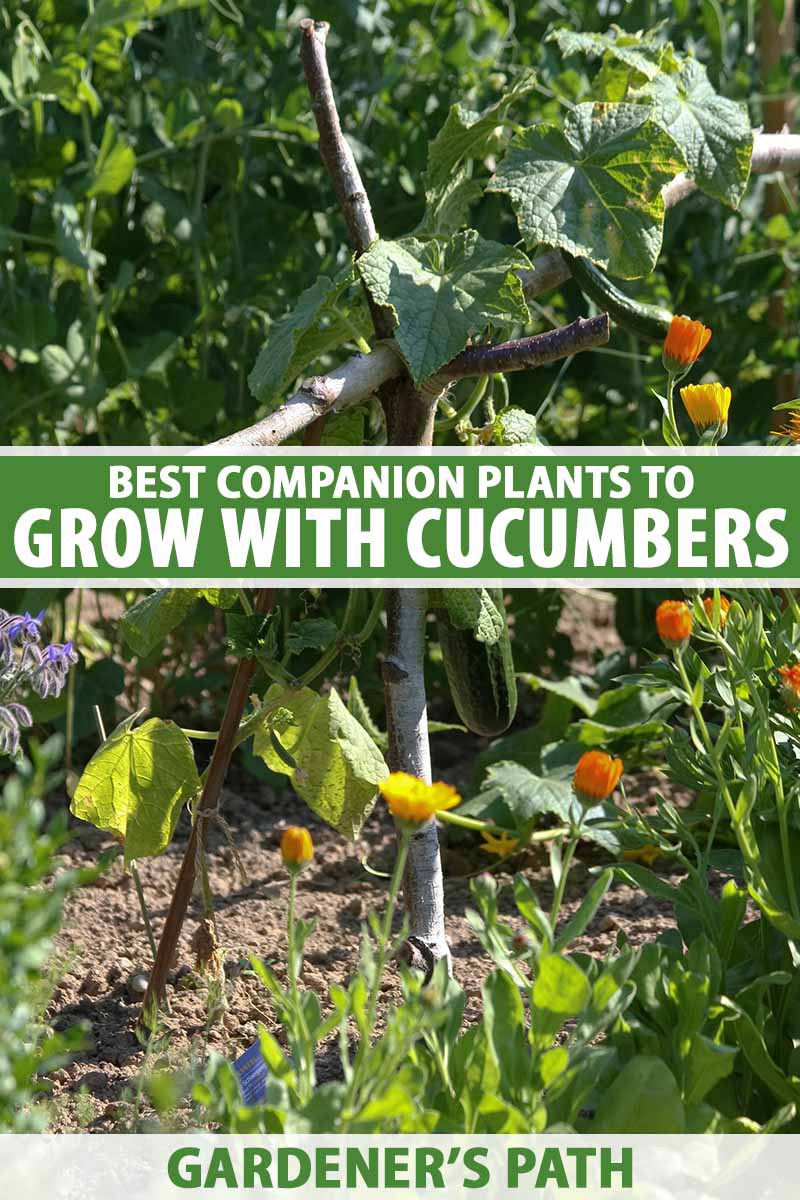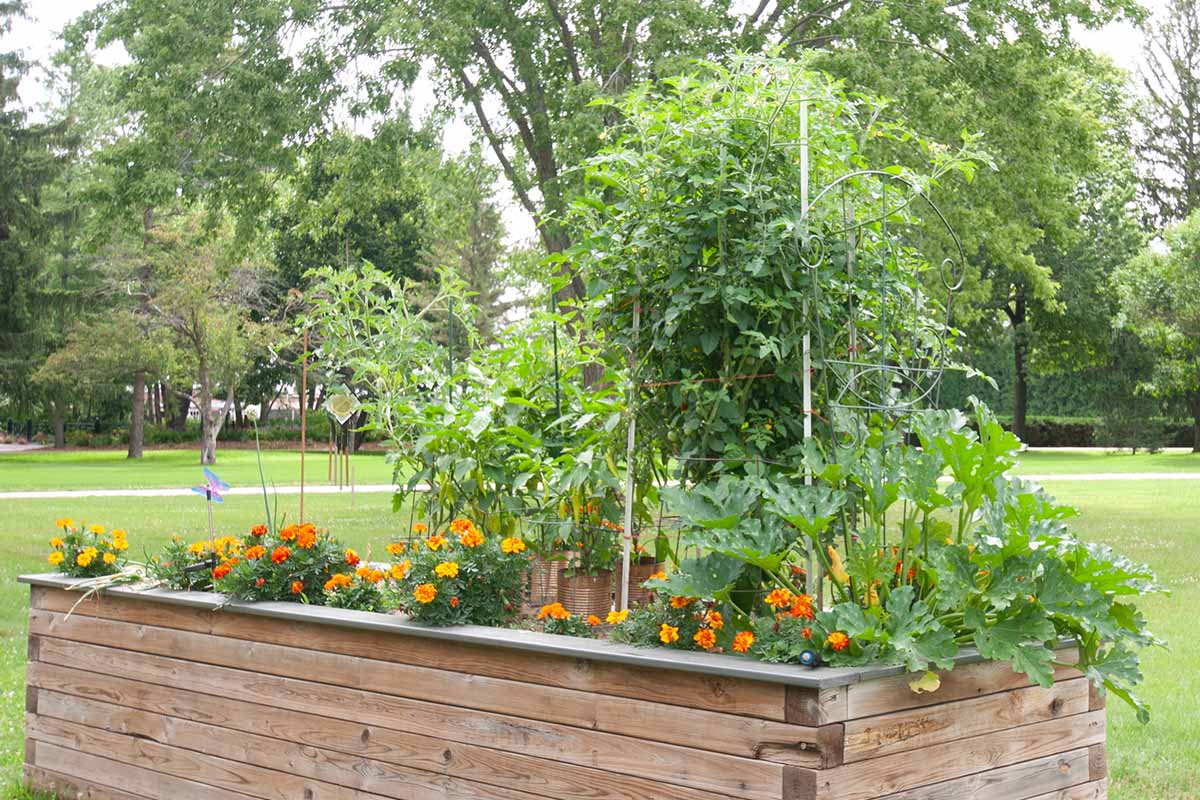The Ultimate Guide To Companion Planting
The Ultimate Guide to Companion Planting
Companion planting is a gardening practice that involves planting certain plants together to benefit each other. This can be done to attract beneficial insects, repel pests, improve soil health, or boost crop yields.
There are many different companion planting combinations that can be used, but some of the most popular include:
- Marigolds and tomatoes: Marigolds help to repel tomato hornworms and nematodes, while tomatoes provide support for marigolds.
- Beans and corn: Beans fix nitrogen in the soil, which benefits corn. Corn provides shade for beans, which helps to keep them cool.
- Carrots and onions: Onions help to repel carrot flies, while carrots help to improve the flavor of onions.
- Lettuce and nasturtiums: Nasturtiums help to deter aphids and other pests from lettuce.
- Potatoes and beans: Beans help to suppress potato beetles, while potatoes provide support for beans.
These are just a few of the many companion planting combinations that can be used. By doing some research, you can find the perfect combinations for your garden.
Benefits of Companion Planting
There are many benefits to companion planting, including:
- Reduced pest and disease pressure: Companion plants can help to repel pests and diseases, which can save you time and money on pesticides.
- Improved pollination: Some companion plants attract beneficial insects, such as bees and butterflies, which help to pollinate your crops.
- Increased crop yields: Companion planting can help to increase crop yields by improving soil health and providing support for plants.
- Enhanced flavor: Some companion plants can improve the flavor of your crops.
- Biodiversity: Companion planting can help to increase biodiversity in your garden, which can benefit both plants and wildlife.
How to Get Started with Companion Planting
If you're interested in trying companion planting, there are a few things you need to do to get started:
- Do some research: There are many resources available to help you learn about companion planting. Books, websites, and even your local nursery can be great sources of information.
- Plan your garden: Once you have a basic understanding of companion planting, you can start planning your garden. Consider the plants you want to grow and the benefits you're hoping to achieve.
- Plant your garden: When you're planting your garden, be sure to consider the companion planting combinations that you've learned about.
- Monitor your garden: Once your garden is planted, be sure to monitor it regularly. Look for signs of pests or diseases, and make adjustments as needed.
Conclusion
Companion planting is a great way to improve your garden's health and productivity. By planting certain plants together, you can attract beneficial insects, repel pests, improve soil health, and boost crop yields. If you're looking for a way to improve your garden, companion planting is a great option to consider.
Companion planting is the practice of growing different plants together for mutual benefit. This can help to improve the health and productivity of your garden, and it can also help to attract beneficial insects and pollinators.
There are many different companion planting combinations that you can try, but some of the most popular include:
- Basil and tomatoes: Basil helps to repel pests like thrips and whiteflies, and it also enhances the flavor of tomatoes.
- Marigolds and vegetables: Marigolds repel nematodes, which can damage the roots of vegetables. They also attract beneficial insects like ladybugs and lacewings.
- Onions and carrots: Onions help to repel the carrot fly, and carrots help to improve the flavor of onions.
- Peas and beans: Peas and beans fix nitrogen in the soil, which can benefit other plants in the garden.
If you're interested in learning more about companion planting, I recommend visiting Gardenia Inspiration. This website has a comprehensive list of companion planting combinations, as well as tips for planning and planting your garden.
FAQ of best garden companion plants
Q: What are companion plants?
A: Companion plants are plants that are grown together in the same garden bed because they benefit each other in some way. For example, some companion plants attract beneficial insects that help to control pests, while others help to suppress weeds or improve the soil quality.
Q: What are the benefits of companion planting?
A: There are many benefits to companion planting, including:
- Increased crop yields
- Reduced pest and disease problems
- Improved soil quality
- Increased biodiversity
- More attractive gardens
Q: How do I choose the best companion plants for my garden?
A: There are many factors to consider when choosing companion plants, such as the type of plants you are growing, the climate you live in, and the soil conditions in your garden. However, some general guidelines include:
- Planting plants with similar growing requirements together.
- Planting plants that attract beneficial insects together.
- Planting plants that deter pests together.
- Planting plants that improve the soil quality together.
Q: How close should companion plants be planted?
A: The distance between companion plants depends on the specific plants involved. However, as a general rule of thumb, plants that have a beneficial relationship should be planted within two or three rows of each other.
Q: What are some of the best companion plants?
A: Some of the best companion plants include:
- Beans: Beans are good companions for many plants, including tomatoes, corn, and potatoes. They help to fix nitrogen in the soil, which benefits the other plants.
- Carrots: Carrots are good companions for onions, lettuce, and tomatoes. They help to repel pests and diseases.
- Cucumbers: Cucumbers are good companions for beans, peas, and melons. They help to attract beneficial insects.
- Lettuce: Lettuce is a good companion for many plants, including carrots, tomatoes, and onions. It helps to suppress weeds and improve the soil quality.
- Onions: Onions are good companions for many plants, including beans, carrots, and tomatoes. They help to repel pests and diseases.
Image of best garden companion plants
5 different images of "best garden companion plants" from Pinterest:
- Tomatoes and basil. Tomatoes and basil are a classic companion plant pairing. Basil helps to deter pests from tomatoes, and tomatoes provide support for basil plants.
- Carrots and onions. Carrots and onions also make good companion plants. Carrots help to repel onion pests, and onions help to repel carrot root fly.

- Cucumbers and beans. Cucumbers and beans are another great companion plant pairing. Beans help to fix nitrogen in the soil, which benefits cucumbers. Cucumbers provide shade for beans, which helps to protect them from the sun.

- Marigolds and tomatoes. Marigolds and tomatoes are a popular companion plant pairing because marigolds help to deter tomato pests, such as nematodes and whiteflies.

- Nasturtiums and cabbage. Nasturtiums and cabbage are a good companion plant pairing because nasturtiums help to deter cabbage pests, such as cabbage loopers and aphids.
Post a Comment for "The Ultimate Guide To Companion Planting"